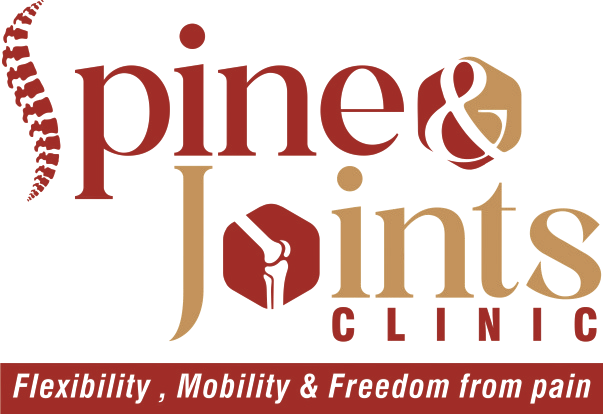Knee pain is a common complaint that affects people of all ages. Knee pain may be the result of an injury, such as a ruptured ligament or torn cartilage. Medical conditions — including arthritis, gout and infections — also can cause knee pain.

Symptoms
The location and severity of knee pain may vary, depending on the cause of the problem. Signs and symptoms that sometimes accompany knee pain include:
Causes
Knee pain can be caused by injuries, mechanical problems, types of arthritis and other problems.
Patellofemoral pain syndrome is a general term that refers to pain arising between the kneecap (patella) and the underlying thighbone (femur). It’s common in athletes; in young adults, especially those who have a slight maltracking of the kneecap; and in older adults, who usually develop the condition as a result of arthritis of the kneecap.
A knee injury can affect any of the ligaments, tendons or fluid-filled sacs (bursae) that surround your knee joint as well as the bones, cartilage and ligaments that form the joint itself. Some of the more common knee injuries include:
Treatments
Spine and Joint care take a whole body approach and do not just focus on the knee itself. Here we look at how the knee is being influenced biomechanically from other body regions like the ankle, foot, hip and the lower back as an example. This whole body approach means we may be able to reduce pain and improve mobility more efficiently. Spine and joint carecan treat both acute and chronic knee pain and can also help post surgery.

"Where Traditional Wisdom of Ayurveda Meets Modern Therapeutic Techniques for Optimal Pain and Posture Solutions."
©2022. Spine and Joints Clinic. All Rights Reserved.